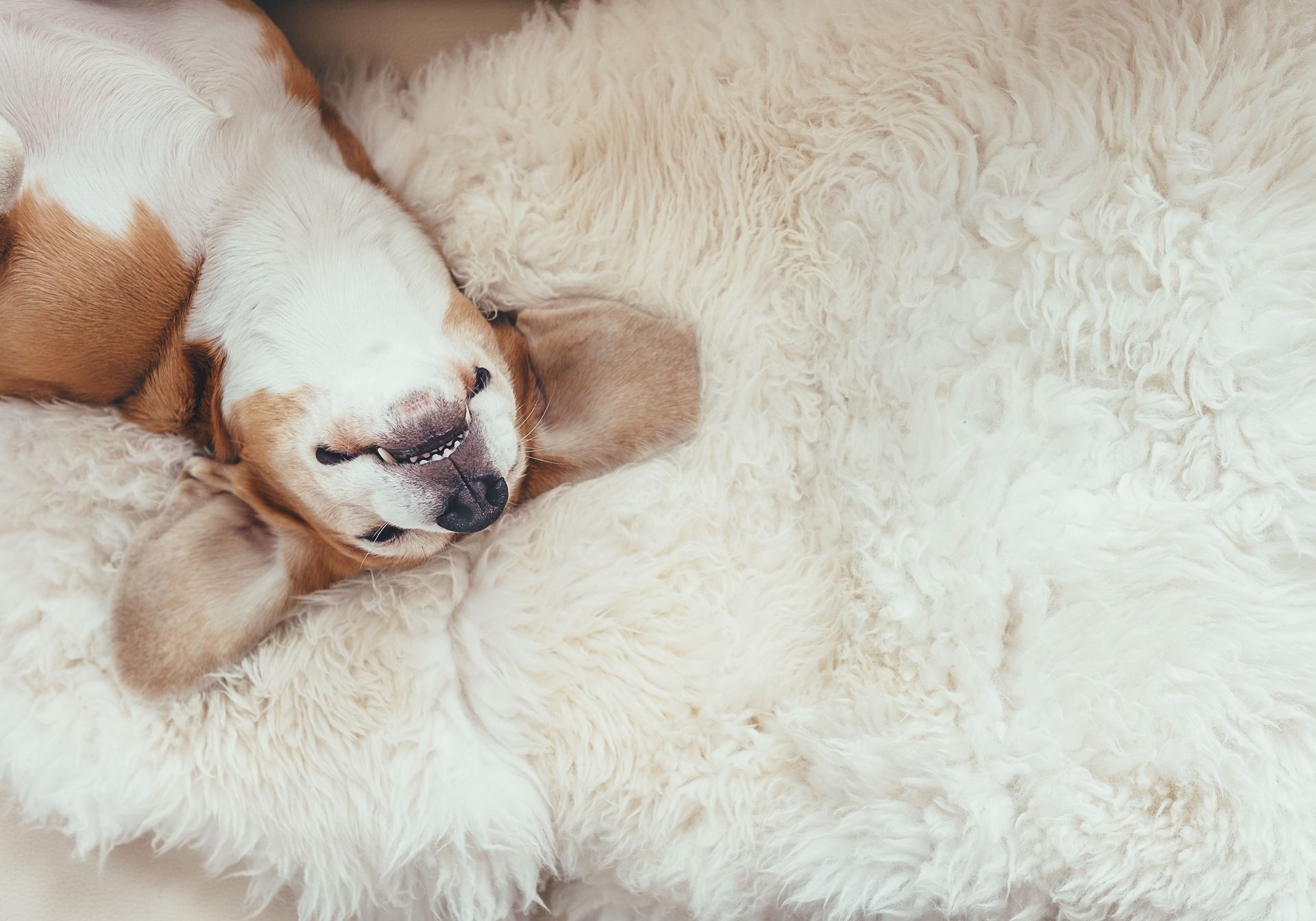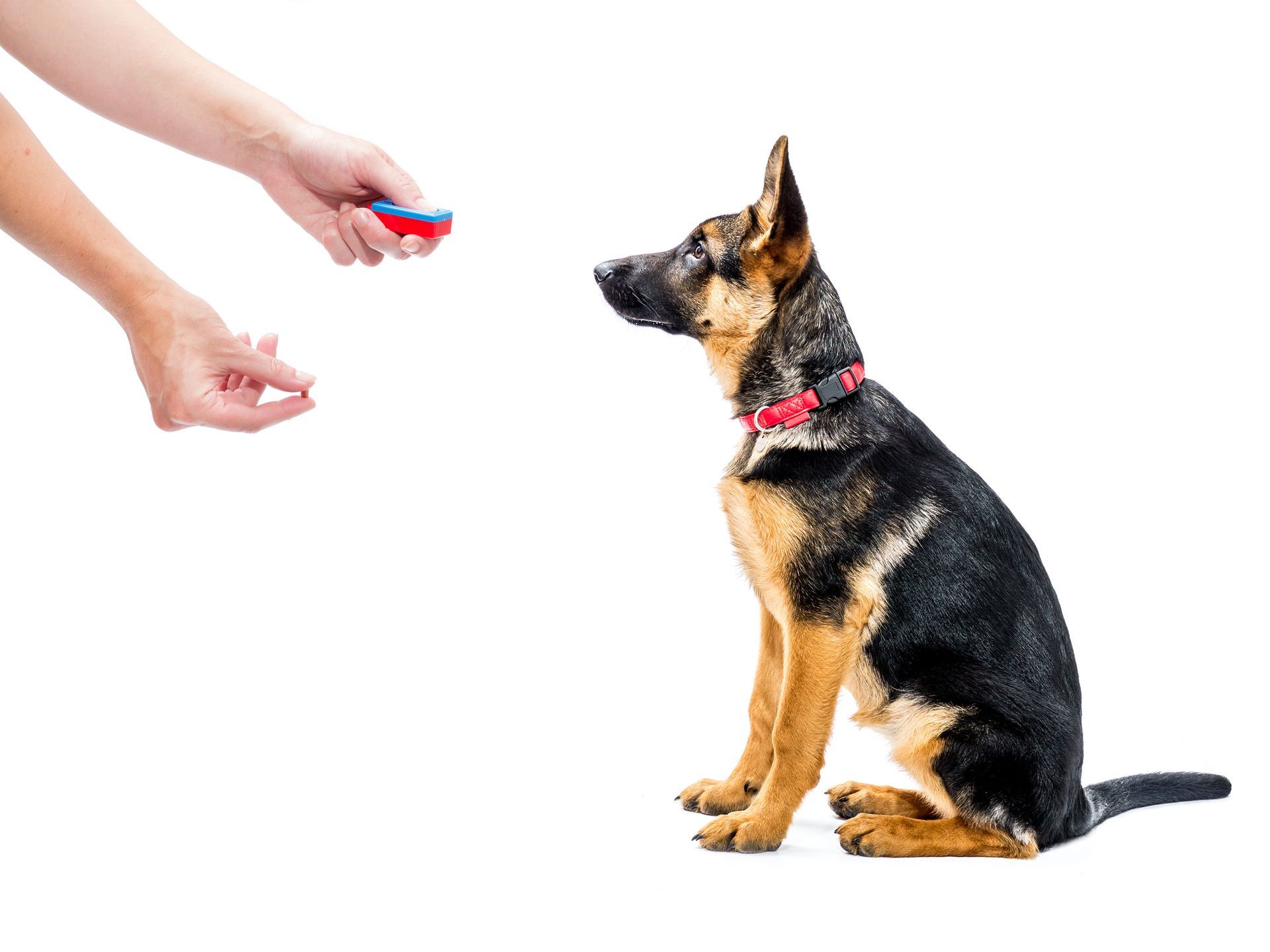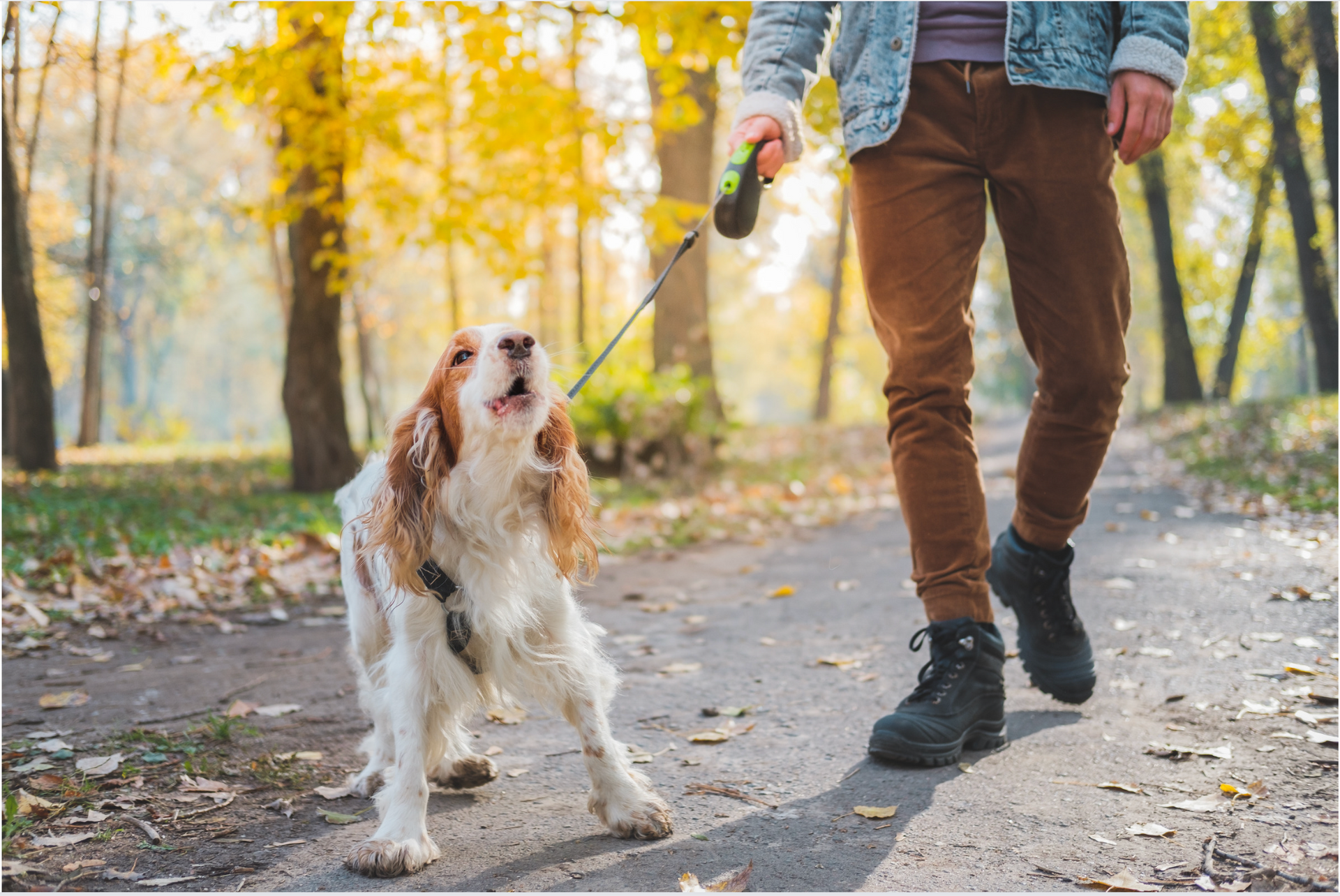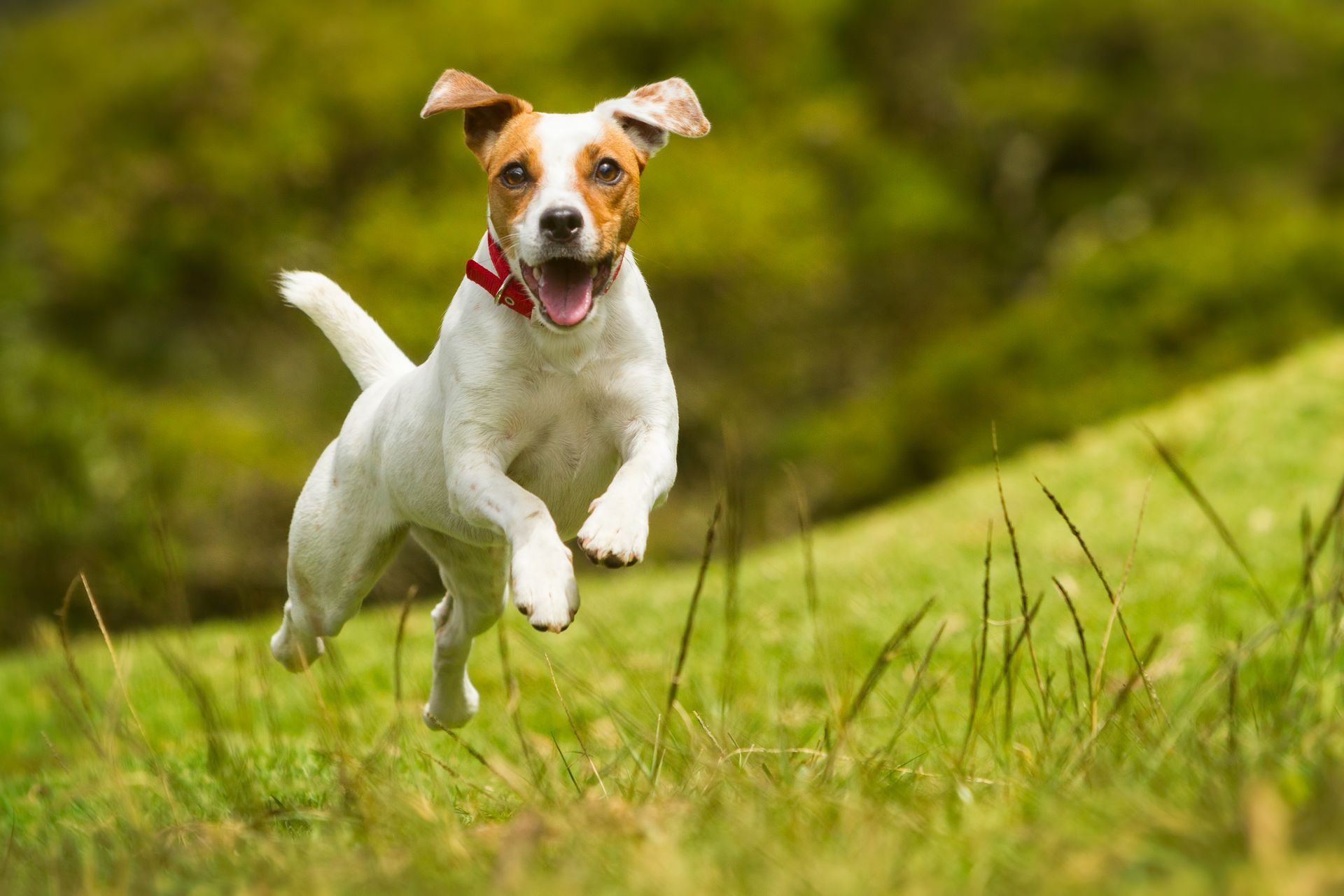When your dog has to stay home alone
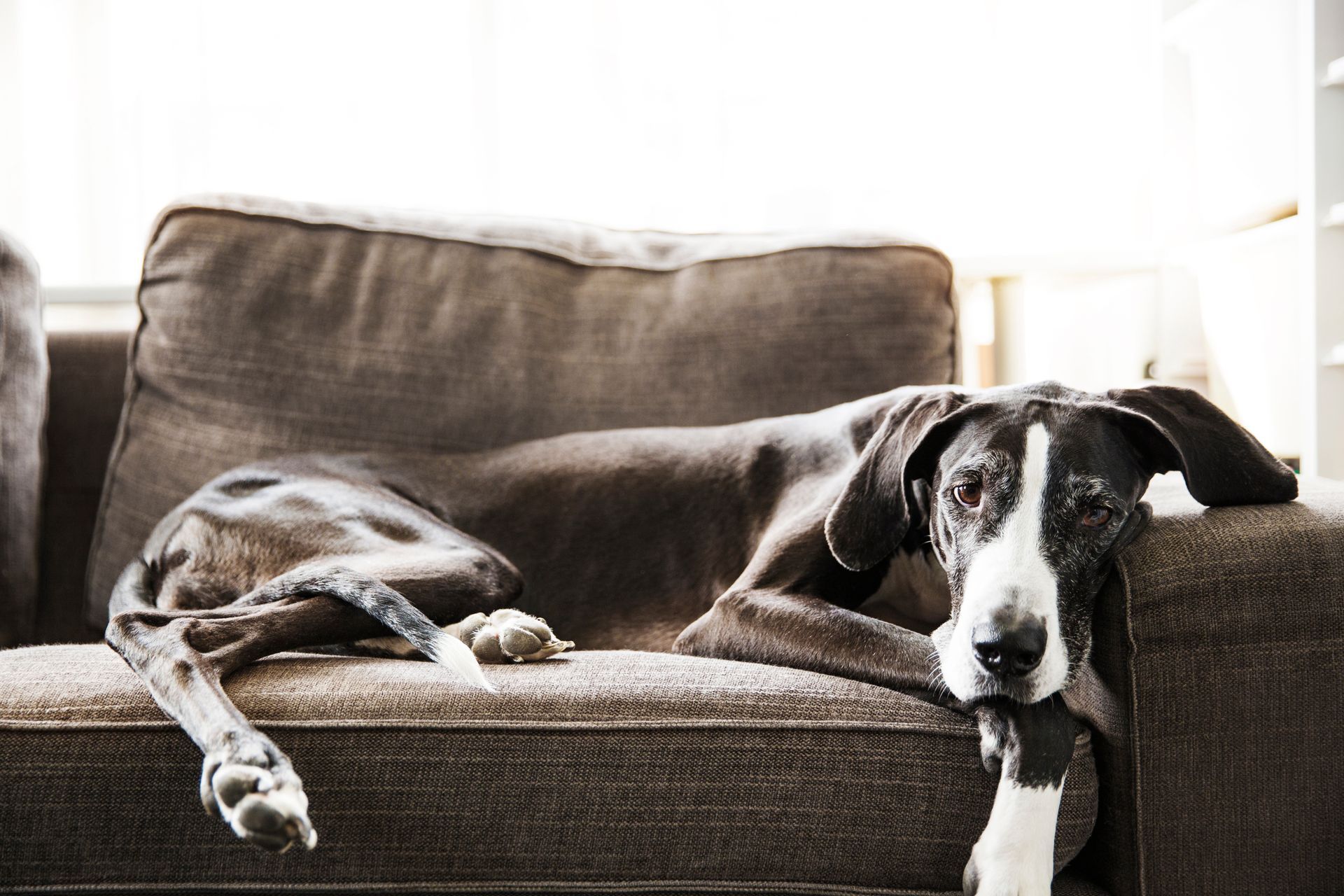
"Go ahead, I’ll sleep while you're gone!” It would be nice if we had the feeling that our dog would say exactly that to us when we leave him alone. I'm lucky enough that my dogs seem to do this when neither I nor my husband are at home. “Luck” is relative, however, because of course we did a lot for it in advance. And I still make sure that each of our dogs is at home alone sometimes, even without the other dogs. In multi-dog households it is often the case that the dogs can stay alone as long as their furry buddy is also lying next to them. But if, for various reasons, the other dog comes along with its owner and one of the dogs is suddenly completely alone at home, this can also lead to stress.
But how do you achieve this? Everyone is probably familiar with the idea that you should build up your ability to stay alone slowly. At first you just go outside the door for a short time, then you extend this for longer and longer in more or less small time steps. But I'm missing something crucial in this approach! Our dogs’ need for safety!
From a biological perspective, separation anxiety and its symptoms are something that makes a lot of sense. A puppy goes exploring, loses sight of his mom and siblings and suddenly finds himself all alone. What will this little puppy do? At first he will start screaming terribly. This then helps the mother to locate the puppy and bring it back to the group. So the screaming made the puppy successful and is of course functionally reinforced, or to put it another way: the screaming completely fulfilled its function, the mother came back, so next time the puppy will scream like that again.
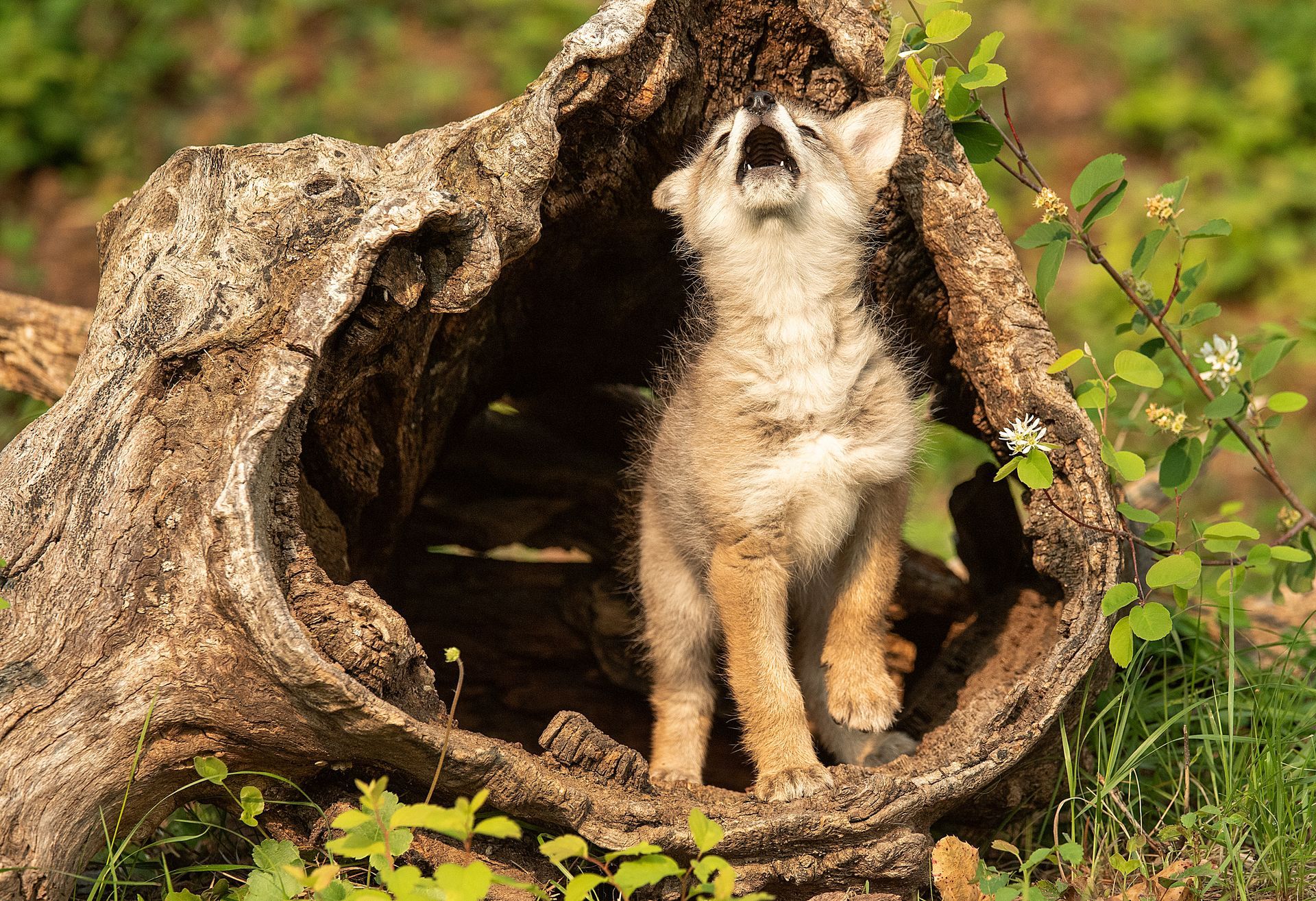
What I would like to recommend to everyone: take separation anxiety serious! Because it is neurobiologically connected to the pain center of the brain and literally causes pain in the dog.
But how do we know whether our dog is suffering from separation anxiety? Is this always associated with vocalizations? The answer is no. Although vocalizations, especially high-pitched, repetitive sounds, are very common, there are a number of other symptoms, such as destructive behavior (often near the door or windows), effects on the gastrointestinal tract such as vomiting or diarrhea, but also loss of appetite, as well as self-harming behavior, such as wounds caused by scratching or excessive licking.
If you're probably thinking, "Oh, but my dog also destroys things when I'm at home or licks his paws more when I take him to the café.": These behaviors can also occur in other stressful or frustrating situations. However, if they only take place in separation situations, this is a sure sign that your dog is really suffering when he is home alone.
And that's why the classic approach of desensitization as training for staying alone is not enough for many dogs. We have to take a step back here and first make sure that our dog feels really safe at home when we are not there. We have to help them not only to be able to endure the time alone, but also to feel security and well-being. I really enjoy working with a safety island here. This island can be a place where our dog likes to go to relax and sleep. It is possible that we will have to set up such a place first. You can first do this with classic target training. If we then notice that he goes to this place more and more often, we combine this with other factors that he finds great. I always like things that your dog's independence, like a stuffed Kong, towels knotted together with treats hidden in them, or chewing items. It is particularly valuable for our training if we also combine this place with relaxation. If I have this, then I think about how I can use rituals, so that my dog has a better understanding of what comes next, so how can I actually help my dog to better understand our everyday life? Our dogs are actually dependent on perceiving what WE are doing 24 hours a day in order to know what will happen to THEM next. This is quite stressful and another factor why separation situations can be so stressful. Small rituals and the development of relevant signals (for example, when there is attention and when not) can help wonderfully and provide an incredibly important basis for our staying alone training!
Finally, I would like to give you a few more tips:
- Please make sure that your home is dog-safe, especially if the dog is there alone. He must not come into contact with any toxic or dangerous products, all chewing items or toys must be examined to see whether he could swallow them whole or parts of it, and he must not be able to escape from the house or injure himself trying (e.g open windows)
- If you have a very busy or noisy environment, please make sure that the dog cannot be frightened by sudden noises while he is alone. So if you live right next to a very busy street, I would only allow the dog access to the quieter parts of your home. If you currently have a construction site nearby, think about whether there are rooms where the dog won't notice the noises and build up the process of staying alone there. Don't leave your dogs alone on New Year's Eve if you suspect there are going to be fireworks. Even dogs that have always been good at staying alone can still develop separation anxiety if they get frightened while they are home alone!
- Watch your dog every now and then when he is alone. Is he really relaxed or are there signs of stress and discomfort? Set up a camera for this. There are now so many inexpensive options that it's super easy. You might think that your dog is fine with being left alone, but the video suddenly shows you that he is showing visible signs of stress.
- If possible, don't leave your dog alone until he can really relax. Remember that separation anxiety really hurts physically. Your dog is suffering. Try to look for alternatives: are there friends or family who could look after him? Can you possibly take him with you (even if it's just temporarily?), are there trustworthy dog sitters or dog daycare centers in your area?
If you need support with the training, please get in touch. Together we discuss and plan the individual steps and then implement them. If you build it up well, you don't have to adapt your everyday life for many months, but you can quickly achieve success (depending on the dog and its previous experiences, of course) and soon meet up with your friends for dinner again in the evening without having to worry how your dog is doing at home.
